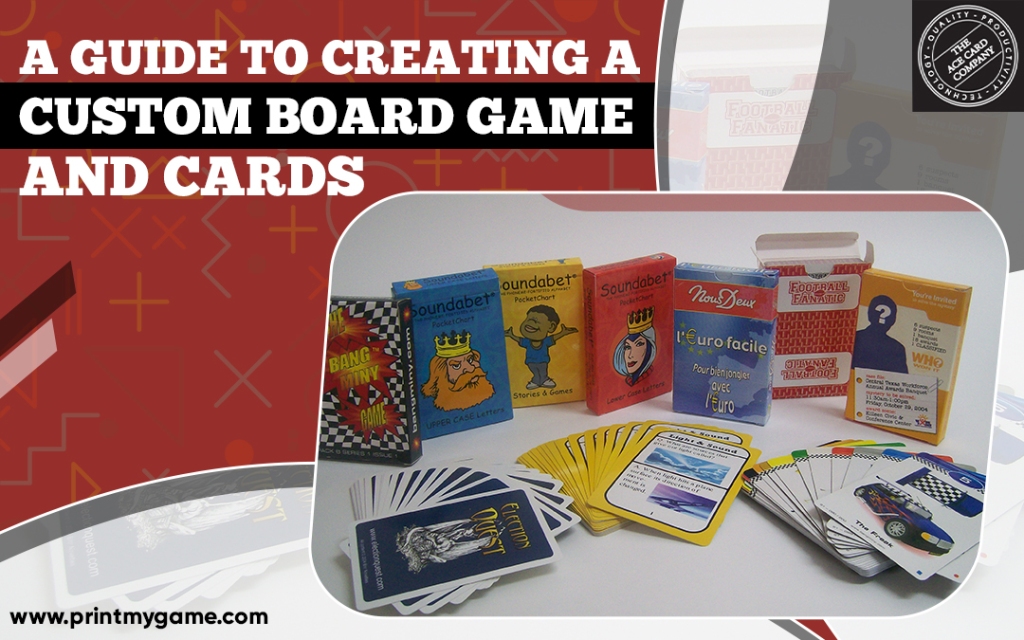
Board games have been a popular source of entertainment for decades. Whether it’s a family gathering or a game night with friends, board games provide a great way to spend time together and have fun. With the rise of tabletop gaming, there has been a surge of interest in creating custom board games and cards.
If you want to create your custom board game and cards, this guide will help you get started.
The first step in creating a custom board game and cards is to choose a theme. It can be anything from a classic board game theme like Monopoly to something more unique like a fantasy adventure or a science fiction setting. The key is to choose a theme that you’re passionate about and that will inspire you throughout the design process.
Once you have your theme, it’s time to create the board or cards. The board should reflect the theme of your game and should be easy to read and understand. If your game involves moving around the board, you must create a path or track that players can follow.
Cards can be used for various purposes in board games, such as giving players special abilities, providing resources, or forcing players to take certain actions. You can use design software to create your cards. Ensure to include clear and concise text that explains what the card does and any necessary images or graphics.
Step 3: Determine the Components
In addition to the board and cards, you’ll need to determine what other components your game will need. It might include dice, tokens, game pieces, or a timer. Make a list of everything you’ll need and decide whether you’ll purchase pre-made components or create your own.
Once you have all the components ready, it’s time to start playtesting. It involves playing the game with a group of people and making notes of any issues or areas that need improvement. It’s important to playtest multiple times with different groups of people to ensure that your game is enjoyable and balanced.
Based on your playtesting feedback, refine and finalise your game. It might involve changing the rules, adjusting the components, or tweaking the game mechanics. Once you’re happy with the final version of your game, it’s time to get it ready for production. Start designing your custom board game and cards today!
If you’re planning to produce your game in large quantities, you’ll need to find a manufacturer to produce it for you. Many companies specialise in producing custom board games and cards. You’ll need to provide them with your design files and specifications, and they’ll take care of the rest.
Creating custom game cards or board games is a fun and rewarding experience. It allows you to express your creativity and share your passion for gaming with others. While it can be challenging, following these steps will help ensure that your game is well-designed, balanced, and enjoyable for players of all ages and skill levels.